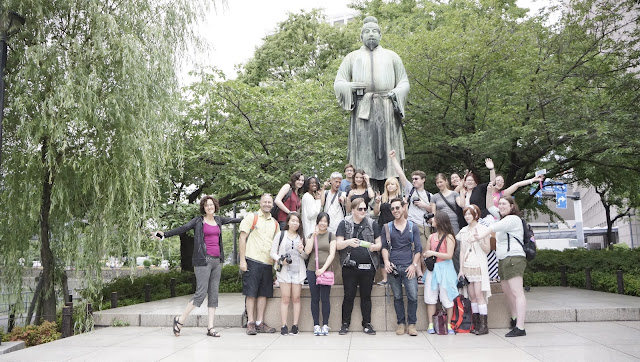Japan: Arts, Culture and the Pursuit of Otaku

COURSE DESCRIPTION The history of otaku culture reflects its deep roots in Japanese pop culture and its ongoing adaptation to changing social and technological landscapes. Developed after World War II as Japan underwent a period of rapid economic growth and modernization, Otaku culture originated as a subculture rooted in a mix of various aspects of Japanese culture and history and American pop culture, including comics, movies, and television shows. Initially, "otaku" referred to someone with an intense interest or obsession, often related to anime, Manga, video games, cosplay, and other forms of Japanese pop culture. Today, otaku culture has created a new space for young people to express themselves and find a sense of community and, with its complex narratives, unique art styles, and themes, continue to globally influence contemporary cinema, video games, television, music and fashion trends and production. Through the lens of otaku, this Maymester class will explore how ...





